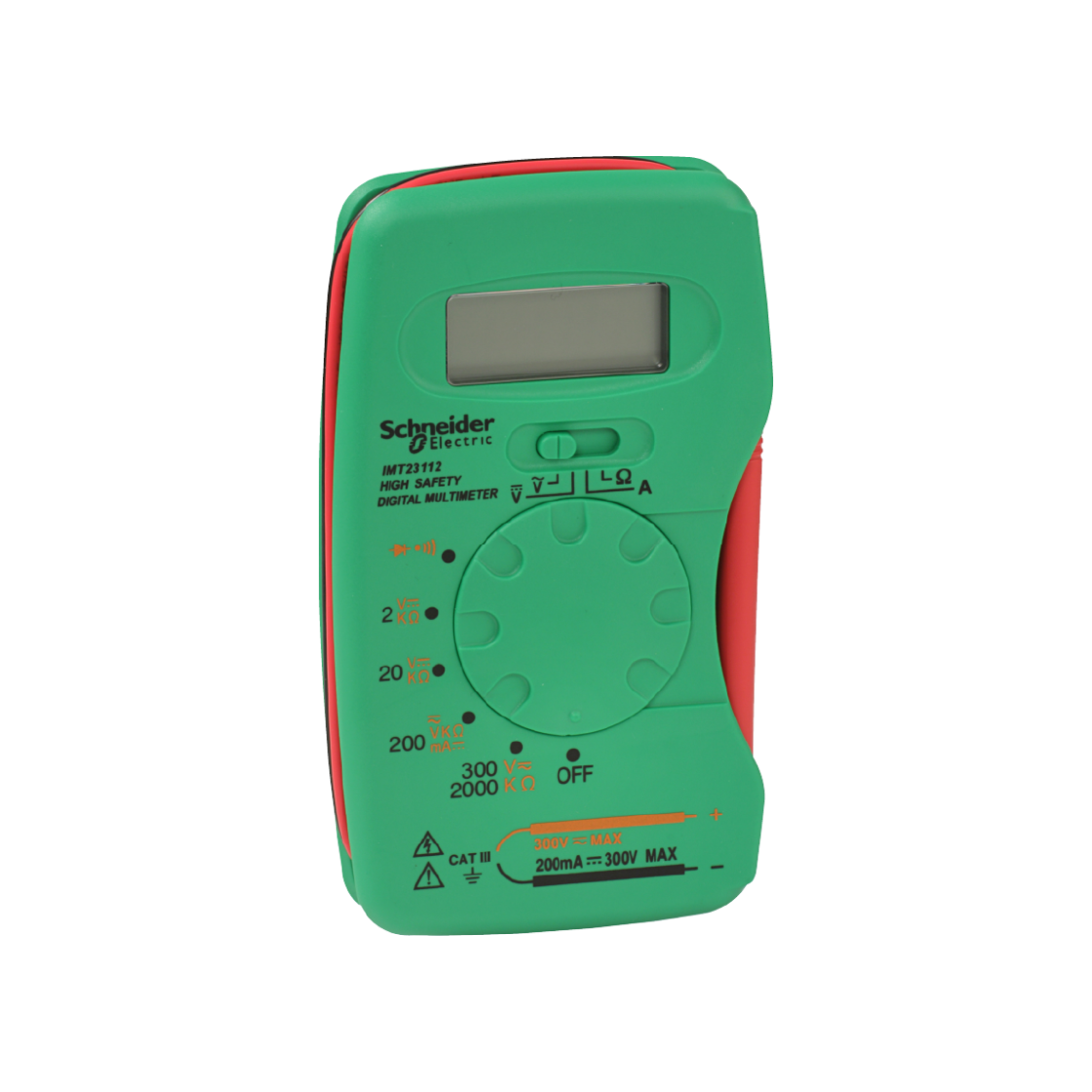Do you have trouble figuring out which one would suit your need—a voltmeter or a multimeter? If you are reading this article, then you must have some idea the basic difference between the two; however, it never hurts to double-check what you know. And, in case you have no idea, then you should read further to understand what is a voltmeter vs multimeter, and figure out which you need.
What is a voltmeter and what is it used for?
Volt is a unit of measure of the potential difference between two nodes. The voltmeter measures this difference and provide the results in volts. Some voltmeters are designed in a way, so that they can work well with alternating current or with direct current, while others are capable of measuring both.
Inside a voltmeter, there is a current-carrying fine-wire coil. The coil gets suspended around the external magnetic field, once that is done you connect clamps or leads on the device to the power source that you wish to measure. In the next step, the current flows through the voltmeter. Then the current reacts with a magnetic field around the coil that begins to spin in response.
The rotation leads to the needle moving along the analog voltmeter, and that is how you get to know (read) what the voltage is. However, the digital voltmeter version functions slightly different, it is more resistant to outside magnetic interference, and not at risk of damage.
What is a multimeter and what is it used for?

Just like the voltmeter, you can record voltage with a multimeter, and it has the capability to measure ohms and amperes, the units of resistance, and current, respectively. The high-end units are also capable of measuring other things, such as temperature, inductance, capacitance, frequency, relative humidity, and acidity.
A multimeter range varies from 200mV to 2000 volts, which means that you can use them on a variety of common circuits with a great degree of accuracy. Furthermore, analog multimeters are called “VOMs” which stands for Voltage-Ohms-Amperes. The newer digital models are often abbreviated “DMM” for, you guessed it, Digital Multimeter.
This is because different measurements need different internal resistors to get accurate measurements, you might even find different external ports to which you must connect the test wires, as it helps in getting accurate readings.
However, a multimeter might cost you a bit more, and the price increases with the number of things it can measure and other important factors like current and voltage, with which it can function. Also, a digital model can be more expensive than analog models, but you do not need one the expensive ones for basic household tasks.
Understanding the difference between a voltmeter vs multimeter
We would like to conclude by saying that the difference between the two is quite straightforward. If you need to measure voltage, then you a voltmeter is sufficient, but if you want to measure voltage and other things such as resistance and current, then you are going to have to go with a multimeter. The most significant difference between voltmeter vs multimeter is going to be whether you buy a digital or analog version.



